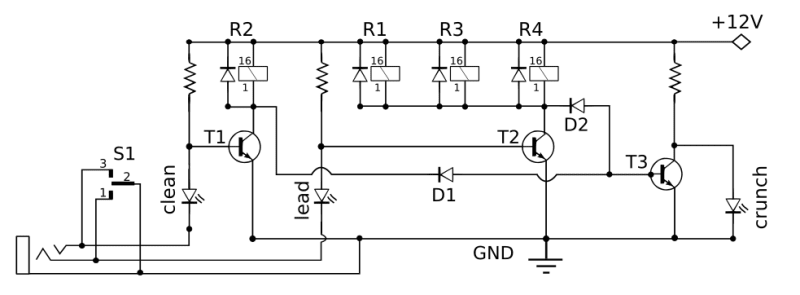

Although this looks attractive it’s actually damaging to your amplifier’s health.īlue glow – Not to be confused with a purple or violet glow which is common, a bright blue fluorescent glow is actually the opposite and is a sign your tubes are healthy.

To maintain optimal function, tubes require an airless sealed vacuum.Īn air leak within the tube generates positive ions causing ionization within the components.

If spotted, replace immediately before attempting to use the amp again. Purple glow – A cloudy purple or violet glow around the inside of the components although looks pretty, is a clear indication that there’s a leak somewhere within the tube.

If one individual tube glows less brightly than the others, it means it has worn down and not functioning optimally which will also need replacing. If a filament fails to glow, this is known as ‘filament failure’ and needs a replacement. The main point is if the filaments are glowing equally and to a good level, it means they are working and pass the first part of the visible test. These filaments when glowing, emit electrons at high temperatures producing heat for the tube which is needed to maintain the amplifier’s optimal tone.ĭepending on the manufacturer, other types will glow more brightly than others. Within your tubes, sits a heater filament and when working optimally, will illuminate with a satisfying warm orange glow. Luckily it’s very easy to visibly identify what a bad tube looks like without the need for a tube tester. To begin with, it would make sense to identify the visible signs of bad tubes before booking your amp with an amp tech to uncover any deeper problems. The amp’s tone has degraded (loss of tonal dynamics).Individual tubes glowing brighter or dimmer than others.The amps overall volume lower than usual.Unusual sounds coming from the amp.(‘popping’ ‘hissing’ ‘crackling’ ‘humming’).Our experiences brought me to write this post to help identify potential tube issues you may be experiencing. I and friends have had our fair share of tube amp issues in the past. These range from how consistently the volume is cranked, road travel, level of maintenance, vibrations from the speaker, wear and tear, etc. Their length of service hinges on many factors. Even if we did, a tube tester is not capable of painting a clear picture of the problem with our delicate tube amps.Įssentially, pre and power tubes are a cluster of fragile components concealed in a vacuum-sealed glass chassis. The problem is, not many of us have the luxury of a tube tester, leaving us in the dark with our amps diagnosis and treatment. That feeling when the ‘sweet spot’ is unearthed, and the tubes are creating witchcraft, belting out warm saturated tones when all of a sudden… something goes ‘ pop’ and things don’t sound quite right anymore! Nothing beats the true analog sound of a cranked tube amp!


 0 kommentar(er)
0 kommentar(er)
